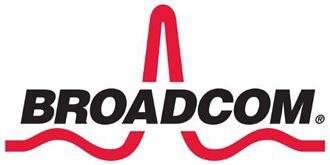 The Tory MP for Aberconwy, Guto Bebb, has hit out at a local anonymous blog site in an attempt to prevent trolling and malicious gossip.
The Tory MP for Aberconwy, Guto Bebb, has hit out at a local anonymous blog site in an attempt to prevent trolling and malicious gossip.
Bebb asked Michael Penning, the policing minister, in an adjournment debate what the Home Office attitude was to sites such as “Thoughts of Oscar”, which he said “is probably best described as a small town poison pen letter blog”.
He alleged that over year the site had harassed, abused, libelled and targeted individuals, businesses, council officials and local councillors anonymously.
He said that he had attempted to ignore the blog, but earlier this year he alleged “the site published a number of libels against me” so he took the matter to the North Wales police. A number of his constituents had approached him to say that they had been attacked by the site but they had been told by North Wales police that nothing could be done and the police could take no action.
Two constituents who ran local businesses used a private detective to trace individuals associated with the blog.
The policing minister, Michael Penning, said harassment and trolling is an offence and there are many pieces of legislation to deal with it.
He said he didn’t know how the North Wales police interpreted in north Wales but prosecutions have taken the place in the rest of the country. You can find the full debate here.



















